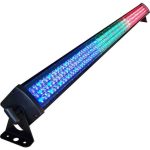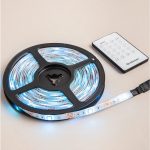Understanding LED Lighting: How Many Amps Does a 100 Watt LED Light Actually Use?
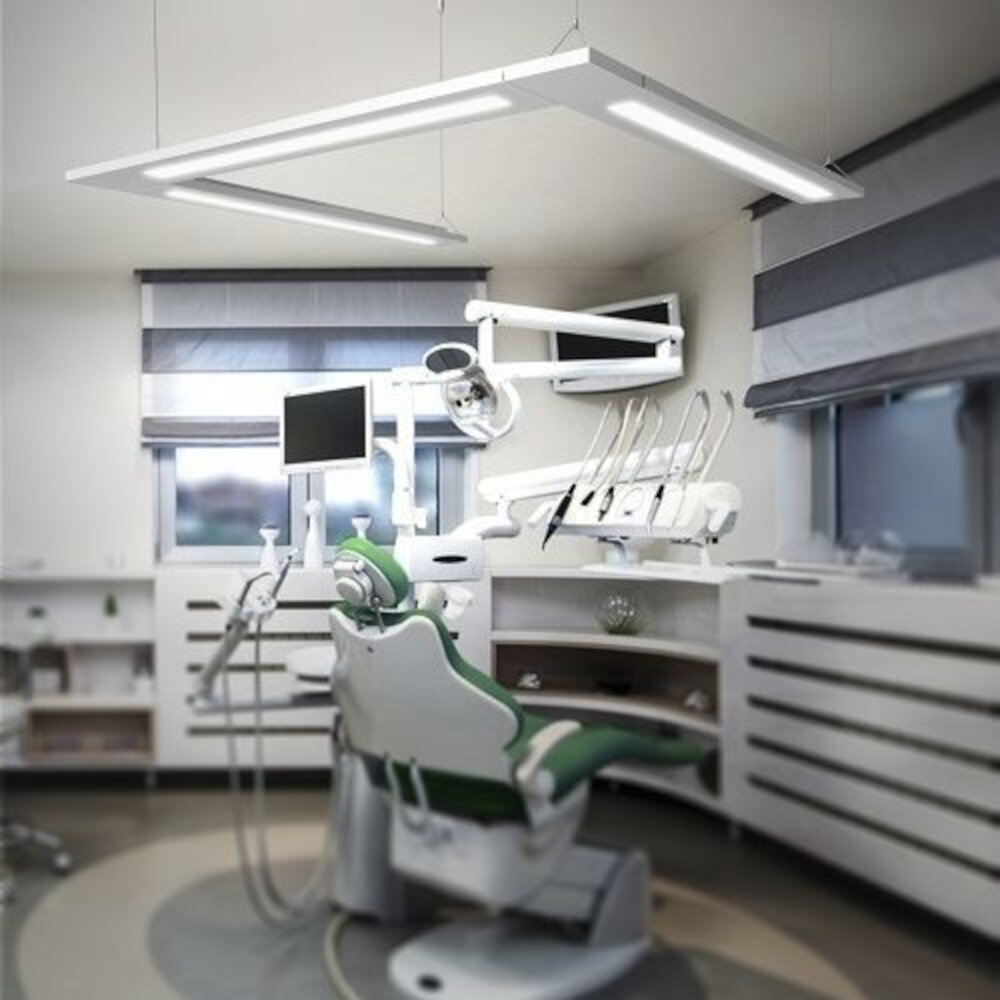
LED lighting has become increasingly popular due to its energy efficiency, long lifespan, and versatility. However, many people are still unsure about how much electricity LED lights consume. Specifically, one question that arises frequently is how many amps a 100-watt LED light actually uses. Understanding the electrical specifications of LED lights is crucial for making informed decisions about lighting choices, as well as for ensuring that electrical circuits and wiring are not overloaded. In general, the amount of electricity used by an LED light depends on its wattage rating, voltage, and amperage. While LED lights are known for their energy efficiency, they still require a certain amount of power to operate. In this article, we will explore the electrical characteristics of LED lighting, and provide a detailed answer to the question of how many amps a 100-watt LED light uses. We will also discuss some of the factors that can affect the power consumption of LED lights, and provide tips for optimizing their energy efficiency.
LED lighting, or Light Emitting Diode lighting, is a modern and energy-efficient lighting solution that has gained widespread popularity in recent years. Unlike traditional incandescent bulbs, LEDs don’t use a filament to produce light; instead, they rely on a semiconductor material that emits light when an electric current is passed through it. This allows LEDs to produce bright, long-lasting light while consuming far less energy than other types of lighting. A 100 watt LED light, for example, may use only 1-2 amps of electricity, making it a highly efficient and cost-effective lighting option for both residential and commercial applications. Additionally, LED lights are available in a variety of colors and styles, making them a versatile option for any lighting need.
Understanding the amperage of LED lights is crucial for many reasons. One of the most significant reasons is that it helps users determine the correct wiring and circuitry to use for their lighting needs. The amperage of LED lights also affects their lifespan and performance, as well as the overall energy consumption of the system. Moreover, knowing the amperage of LED lights is essential for calculating the size and capacity of power supplies, transformers, controllers, and other electrical components involved in the lighting setup. Therefore, it is crucial to have a good understanding of the amperage of LED lights when planning and designing lighting systems for various applications, including residential, commercial, and industrial settings.
What is Amps and Why is it Important for LED Lighting?

Amps, short for amperes, is a unit of measurement that quantifies the flow of electric current in a circuit. It is a fundamental concept in electrical engineering and plays a crucial role in LED lighting. Amps are important for LED lighting because they help determine the amount of electrical current that a fixture requires to operate effectively. The amount of current that an LED light needs depends on its wattage, voltage, and the resistance in the circuit. In LED lighting, it is essential to understand the relationship between amps and watts. This is because amps and watts are interconnected and affect the performance and efficiency of the LED light. The amount of current that flows through an LED light determines its brightness and overall performance. If an LED light requires too much current, it may overheat and burn out. On the other hand, if it does not receive enough current, it may not produce enough light or may not work at all. Therefore, understanding amps and their relationship to watts is crucial in ensuring the proper functioning of LED lighting systems.
Amps, short for amperes, is a unit of electric current used to measure the flow of electricity through a circuit. It is named after the French physicist, André-Marie Ampère, who discovered the relationship between electric currents and magnetic fields in the 19th century. One ampere is equal to the flow of one coulomb of charge per second, where a coulomb is a unit of electrical charge. In simple terms, amps measure how much electricity is flowing through a circuit at a given moment. LED lights, like any other electrical device, require a certain amount of amps to operate. The number of amps required depends on the wattage of the LED light and the voltage of the circuit it is connected to.
In order to understand how amps relate to LED lights, one must first grasp the concept of electrical power. Electrical power is measured in watts, and it is the amount of energy that is used or produced by an electrical device or system. LED lights use significantly less energy than traditional incandescent bulbs, which is why they are often touted as being more energy efficient. For example, a 100 watt LED light will use far fewer amps than a 100 watt incandescent bulb, because the LED light uses its energy more efficiently. In fact, a 100 watt LED light may use as little as 0.9 amps, while a 100 watt incandescent bulb may use up to 8.3 amps. This is why LED lights are such a popular choice for homes and businesses that are looking to reduce their energy consumption and save money on their electricity bills.
It is crucial to understand the amperage of an electrical device, especially for safety reasons. Knowing the amperage of a device can help prevent electrical hazards, such as overheating or electrical fires. Overloading a circuit with too much amperage can cause damage to the device and potentially harm individuals in the vicinity. Additionally, understanding the amperage of a device can increase efficiency by ensuring that the correct amount of power is being used. This can save energy and money in the long run, as well as increase the lifespan of the device. Overall, having knowledge of the amperage of an electrical device is essential for both safety and efficiency purposes.
Calculating the Amps of a 100 Watt LED Light

When it comes to LED lighting, understanding how to calculate the amps of a 100 watt LED light is crucial. Amps, or amperes, measure the amount of electrical current flowing through a circuit. In order to calculate the amps of a 100 watt LED light, you need to know the voltage and the wattage of the light. LED lights typically operate at a low voltage, usually between 12 and 24 volts, so you will need to divide the wattage of the light by the voltage to determine the amperage. For example, if your 100 watt LED light operates at 12 volts, the amperage would be 8.33 amps (100 watts / 12 volts = 8.33 amps). Calculating the amps of a 100 watt LED light is important for a number of reasons. First, it can help you determine the appropriate power supply or transformer needed for the light. If the amperage is too high for the power supply or transformer, it can cause damage to the light or even start a fire. Additionally, knowing the amperage can help you properly wire the light and ensure that it is installed safely and correctly. Overall, understanding how to calculate the amps of a 100 watt LED light is an important part of using LED lighting safely and effectively.
Calculating amps is an important aspect of understanding LED lighting. The formula for calculating amps is simple: amps = watts/volts. In the case of a 100 watt LED light, the amount of amps used will depend on the voltage of the circuit it is connected to. For example, if the LED light is connected to a 120 volt circuit, the amount of amps used would be 0.83 amps (100 watts divided by 120 volts). It is important to note that LED lights are highly efficient and use significantly less energy than traditional incandescent bulbs, which can help save on energy costs over time. Understanding the formula for calculating amps can help you determine the amount of energy your LED lights are using and make informed decisions about your lighting needs.
When it comes to understanding the energy usage of LED lights, a 100 watt LED light is a common example. In order to calculate the amps used by a 100 watt LED light, you need to know the voltage of the circuit it’s connected to. For the sake of this example, let’s assume the circuit voltage is 120 volts. Using the formula P=VI, where P is power in watts, V is voltage in volts, and I is current in amps, we can rearrange the formula to solve for I. So, I = P/V, which means that the current used by a 100 watt LED light on a 120 volt circuit would be approximately 0.83 amps. This calculation shows that LED lights are much more energy-efficient than traditional incandescent bulbs, which typically use much more power to produce the same amount of light.
There are several factors that can affect amperage when it comes to LED lighting. First and foremost, the wattage of the LED light can greatly impact the amperage. The higher the wattage, the more amps that will be drawn. Additionally, the voltage of the power source can also impact the amperage, as a lower voltage can result in a higher amperage. The length and gauge of the wiring used can also play a role, as longer wires and thinner gauge wires can increase resistance and result in a higher amperage. Finally, the temperature of the LED light can impact amperage, as higher temperatures can result in a higher current draw. All of these factors should be taken into account when determining the amperage of an LED light.
Comparing LED Lighting to Traditional Lighting in Terms of Amps
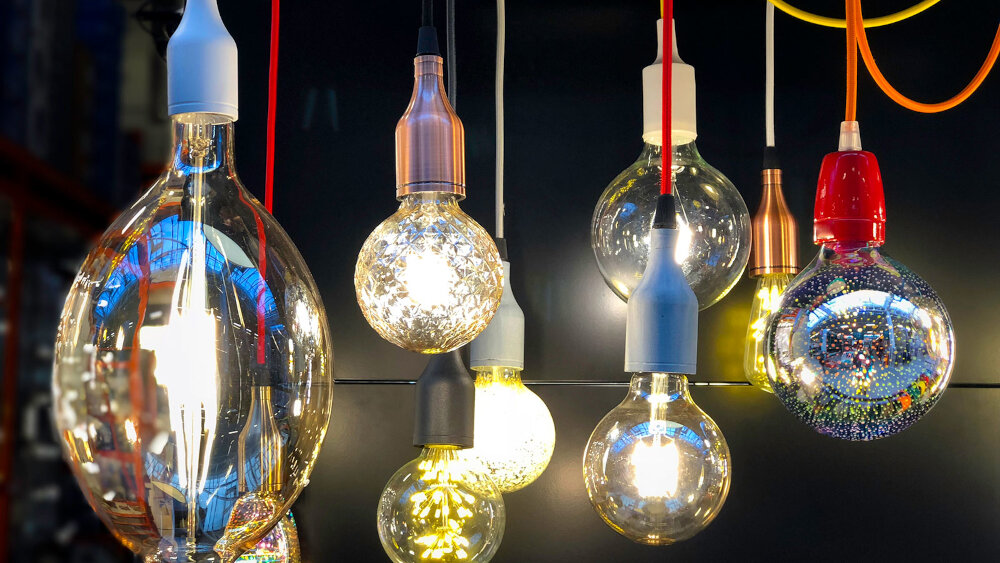
When it comes to comparing LED lighting to traditional lighting in terms of amps, there are some significant differences to consider. LED lighting is known for being much more energy-efficient than traditional lighting sources, such as incandescent or fluorescent bulbs. This is because LED lights convert a greater percentage of the energy they consume into light, rather than heat or other forms of energy. As a result, LED lights generally require fewer amps to operate than traditional lighting sources. For example, a 100 watt LED light may only require around 0.83 amps to operate, whereas a traditional 100 watt incandescent bulb may require around 8.3 amps to operate. This increased efficiency of LED lighting can have a number of benefits, both in terms of cost savings and environmental impact. By using less energy to produce the same amount of light, LED lighting can help to reduce electricity bills and lower carbon emissions. Additionally, LED lights tend to have a longer lifespan than traditional lighting sources, meaning that they need to be replaced less frequently. While LED lights may sometimes have a higher upfront cost than traditional bulbs, the long-term savings in energy and replacement costs can make them a more cost-effective choice over time.
When comparing LED lighting to traditional lighting, there are several notable differences. LED lighting is known for its energy efficiency, using significantly less electricity than traditional lighting methods. This is due to the fact that LEDs are semiconductor devices that convert electricity into light, whereas traditional lighting methods, such as incandescent bulbs, produce light by heating a filament until it emits photons. Additionally, LED lights have a longer lifespan and are more durable than traditional bulbs, making them a more cost-effective option in the long run. Furthermore, LED lighting is available in a wide range of colors and can be controlled using advanced technology, allowing for greater flexibility in lighting design. Overall, LED lighting provides numerous advantages over traditional lighting methods, making it a popular choice for both home and commercial lighting applications.
Energy consumption and efficiency are two important factors to consider when it comes to LED lighting. LED lights are known for their energy efficiency as they consume less energy compared to traditional lighting options. This is due to the fact that LED lights convert most of the energy into light rather than heat, resulting in less energy waste. On the other hand, energy consumption refers to the total amount of energy consumed by a device or system. In terms of LED lighting, the energy consumption varies depending on the wattage of the bulb. For instance, a 100 watt LED light may consume less energy compared to a 100 watt traditional incandescent bulb. In general, LED lights are more energy efficient and consume less energy, making them a more sustainable and cost-effective lighting option.
LED lighting is becoming increasingly popular due to its energy-saving capabilities. Unlike traditional incandescent bulbs, LED lights convert almost all of the energy they use into light rather than heat, resulting in a significant reduction in energy consumption. This means that the same amount of light can be achieved using much less energy, resulting in lowered electricity bills. Additionally, LED lights have a much longer lifespan than traditional bulbs, reducing the need for frequent replacements and further saving money in the long term. The use of LED lighting is not only beneficial for the environment, but also for our wallets.
Understanding amps is crucial for LED lighting applications as it determines the amount of electrical power consumed by the LED light. The correct amount of amps is essential for the proper functioning and longevity of the LED light. Amps also play a significant role in the safety of the LED lighting system as exceeding the recommended amps could cause the LED light to overheat and potentially cause a fire. Moreover, understanding the amps of an LED light allows for the selection of the appropriate power supply and wiring to support the LED light’s operation. Therefore, having a clear understanding of amps is essential for ensuring that LED lighting systems operate efficiently, safely, and effectively.
When choosing the right LED light for your needs, there are several factors to consider. First, determine the purpose of the light and the space it will be used in. This will help you choose the appropriate brightness level and color temperature. Second, consider the quality of the LED chips used in the light, as well as the durability and lifespan of the fixture. Look for lights with high CRI (color rendering index) values and a long lifespan. Third, pay attention to the wattage and lumens of the light, as well as the voltage and current needed to power it. Finally, consider the design and style of the fixture, as well as any additional features such as dimming capabilities or smart controls. By taking these factors into account, you can choose an LED light that meets your specific needs and provides optimal performance and energy efficiency.
In conclusion, LED lighting has numerous benefits that make it a more attractive option than traditional lighting. They are energy-efficient, long-lasting, and environmentally friendly. Additionally, LED lights are more durable and safer to use as they do not contain harmful substances like mercury. LED lights are also versatile and come in different colors and designs, making them suitable for various settings. Besides, they do not emit UV or infrared radiation, making them ideal for use in museums or art galleries. Moreover, LED lights offer significant cost savings over time, making them a wise investment for homeowners and businesses alike. In summary, LED lighting is a game-changer in the lighting industry, offering numerous benefits that make it a more sustainable and efficient lighting option.
Conclusion
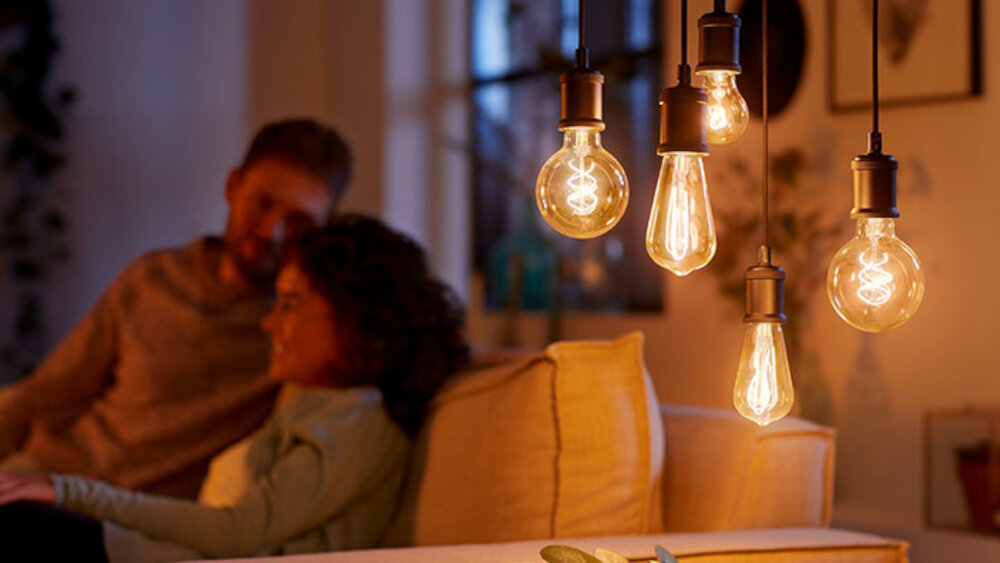
In conclusion, understanding the electrical specifications of LED lighting is crucial for making informed decisions when it comes to selecting the right lighting for your needs. While the question of how many amps a 100 watt LED light actually uses may seem straightforward, the answer depends on various factors, such as the efficiency of the LED driver and the voltage of the power source. It is essential to consider the total power consumption, rather than just the wattage or amperage, to determine the overall energy efficiency of the LED light. By doing so, you can not only save money on your energy bills but also contribute to a more sustainable future by reducing your carbon footprint.

